In photos: Frogs tinier than the human fingernail have been discovered in India’s Western Ghats
The latest discoveries in the amphibian world are tinier than the average fingernail.
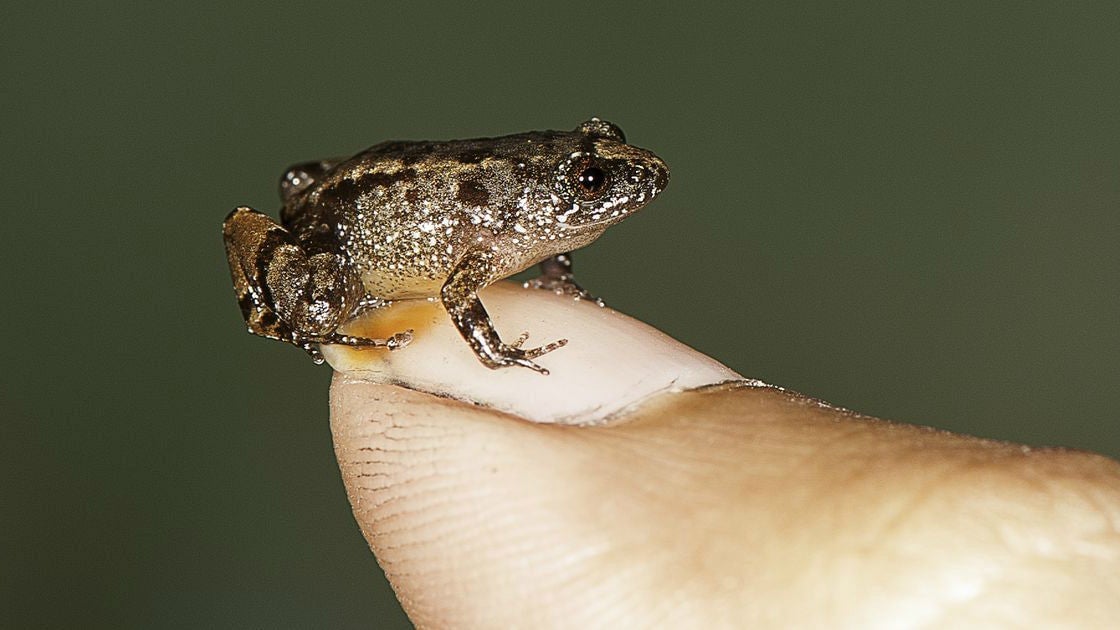

The latest discoveries in the amphibian world are tinier than the average fingernail.
After six years of trudging through the rainforests of the Western Ghats in southern India, scientists have discovered seven new endemic species of Nyctibatrachus, or night frogs. Four of these species are hardly 14 mm in length. The study outlining this discovery was published on Tuesday.
The insect-like calls of the newly-discovered night frog species deceived scientists on several occasions.
“For a long time, we heard these calls while we were walking through certain forest patches and thought they were insects till we spotted them under leaf litter,” said Sonali Garg, who undertook the study as part of her doctoral research at the University of Delhi. These miniature species were locally abundant, she said, but they had probably been overlooked by previous researchers because of their extremely small size and secretive habitats, apart from their deceptive insect-like calls.
According to the study, night frogs represent an ancient group of frogs that spread across the Indian landmass approximately 70 million to 80 million years ago. The first species belonging to this group was documented in 1882, and since then the group has been relatively well-studied.
The discovery of these seven species adds to the existing knowledge of about 28 others identified so far as belonging to the ancient lineage of night frogs. This frog genus is endemic to the Western Ghats and is found near the marshy forests and mountain streams of five states—extending from the southern tip of Tamil Nadu across the tropical landscape of Kerala, Karnataka and Goa till northern Maharashtra.
“These frogs are very important links to understand how evolution took place over time,” said Garg. “In terms of evolutionary studies, these are the remaining relics of ancient frogs that lived on this landscape.”
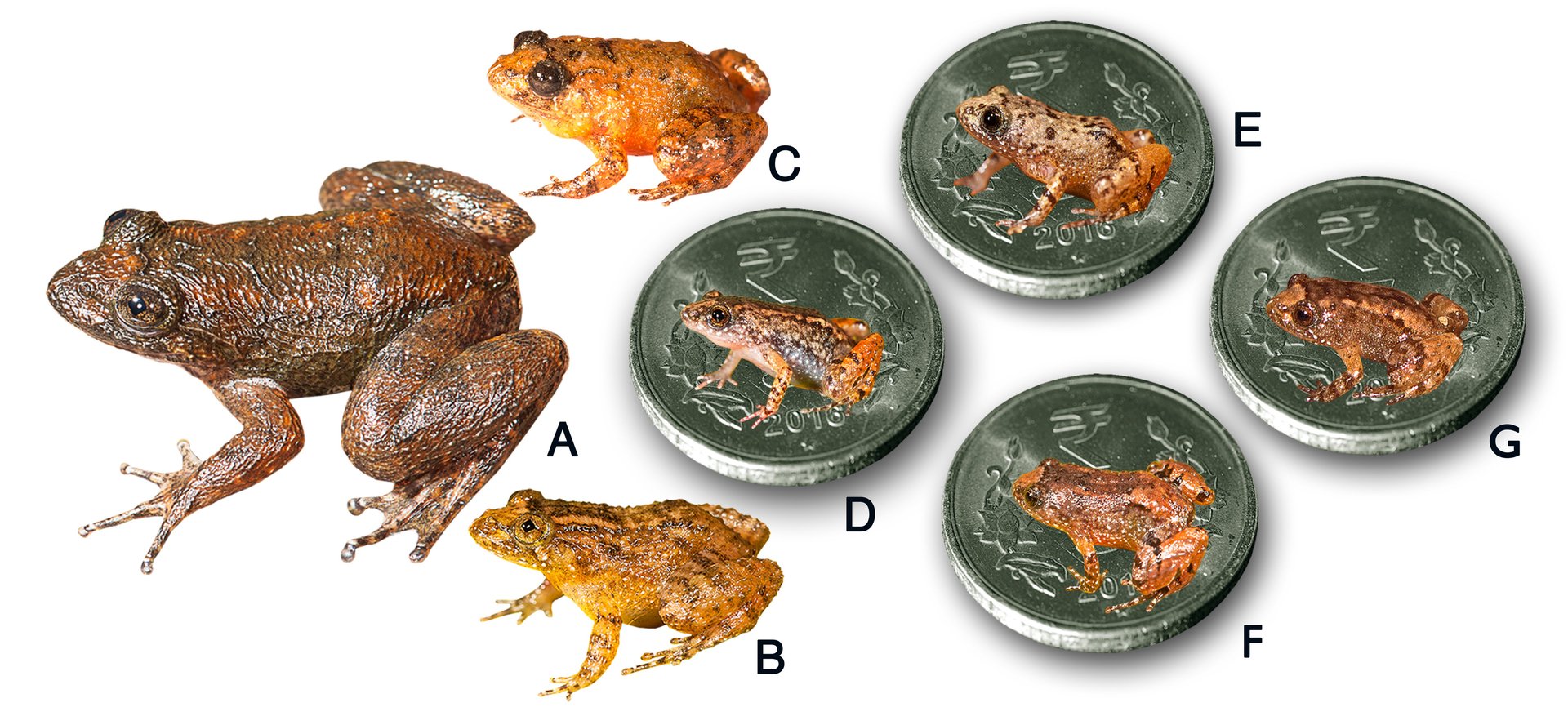
Enormous diversity
Of the 28 species of night frogs, 13 species were identified and documented over the last five years. With every discovery, scientists have realised just how diverse the group was. In 2007, Garg’s mentor SD Biju, who has discovered over 80 species of frogs so far, found India’s smallest frog species Nyctibatrachus minimus, that is just 10mm in length. Popularly known as the frogman, Biju and his team went on to find 12 other species belonging to the night frogs group in 2011. The largest species of night frog found, Nyctibatrachus grandis, is 77 mm in length and lets out a deep croaky call.
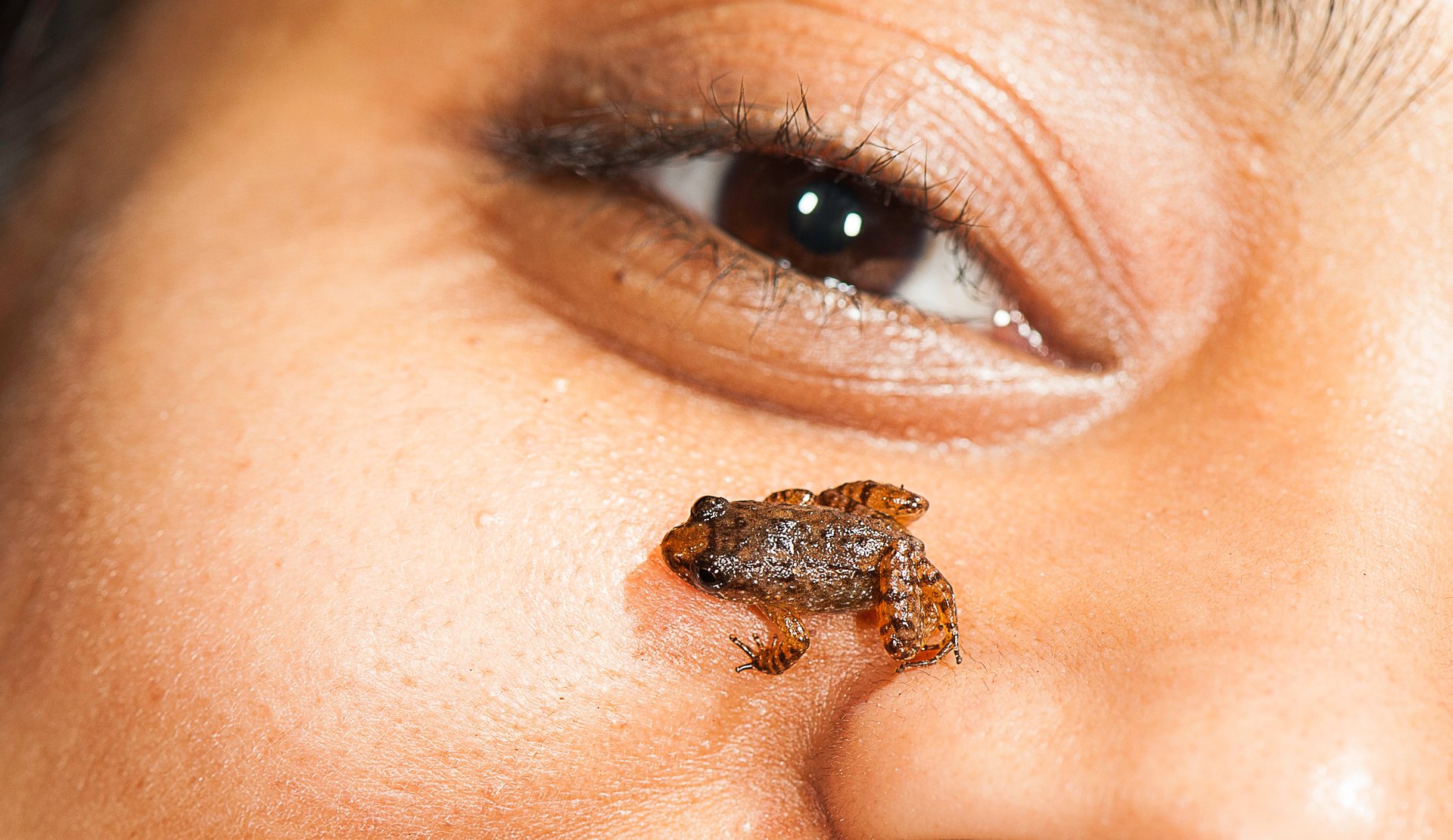
Not only do night frogs show immense diversity in terms of size and calls, but also in reproductive behaviour. Across the 7,500 species of frogs found across the world, researchers have observed six mating positions. But in 2016, a study also found a species, the Bombay night frog, which practices a seventh mating position—the dorsal straddle—a technique not found in any other frog species till date.
“This is a very interesting group of organisms to study since it is so diverse in every way,” said Garg. “Its DNA gives us information of a much longer time frame. It is evolutionarily significant information if we want to understand why certain frogs are found in small regions, or distributed widely, or to explain their diversity.”
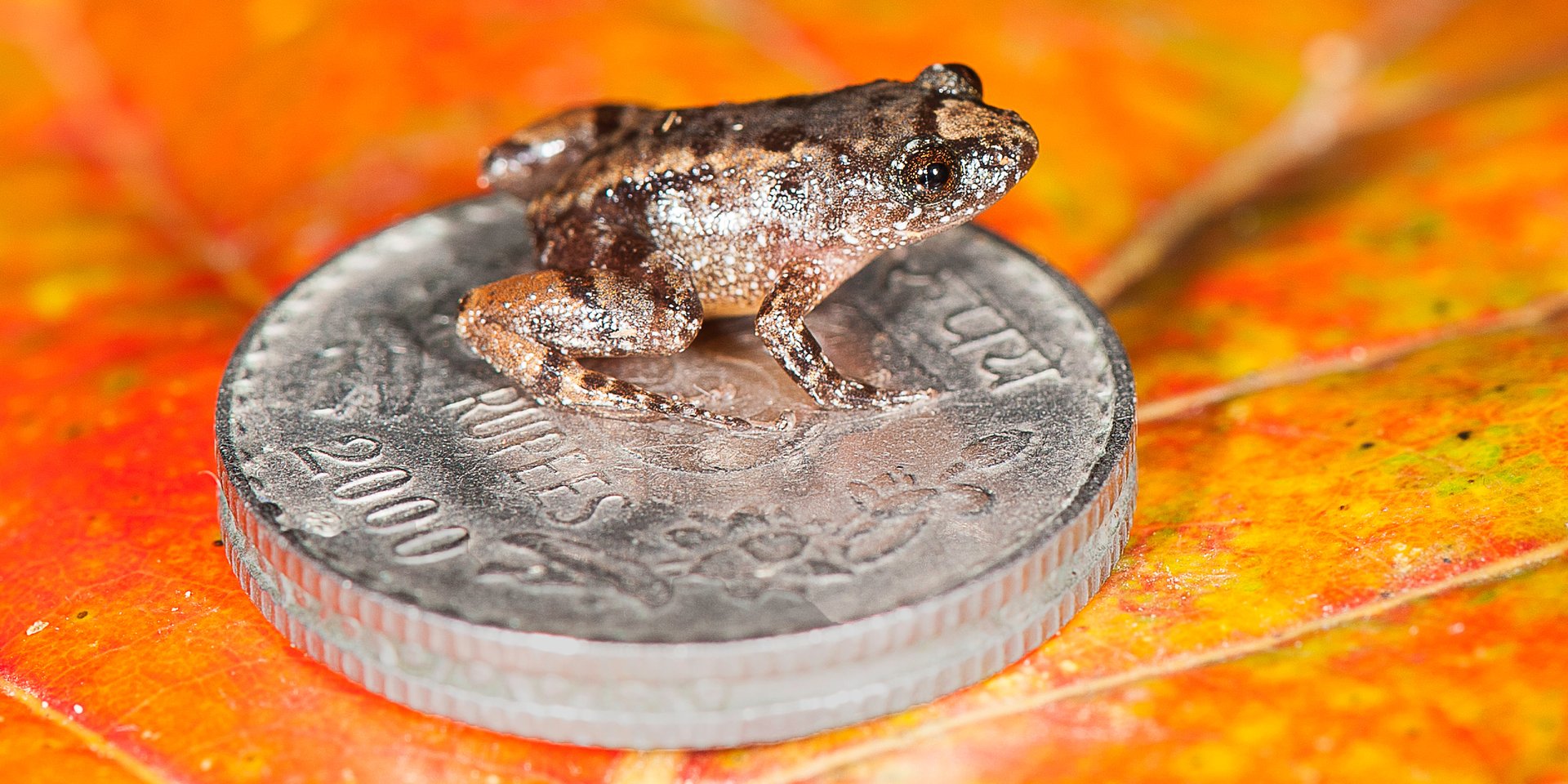
Significance of miniatures
Of the 35 night frogs found in the Western Ghats so far, seven are miniature, less than 18mm in length.
“In group after group of amphibians, miniatures have evolved,” said David B Wake, an evolutionary biologist at the University of California, Berkeley, who has studied miniaturisation in amphibians over many years. “We have been slow to understand this because the miniatures often look like juveniles of common larger forms and have been overlooked.”
Wake explained that miniaturised species often occur in environments that are not usually the favoured habitat of larger frogs. For instance, in the case of the new species found by Garg, the miniature frogs are more terrestrial and occur in leaf litter, unlike the larger ones that are found largely near streams.
“Also, in salamanders and in groups of frogs in many parts of the world, the miniatures have abandoned the tadpole stage,” said Wake. “Eggs develop directly into miniatures of the adults and the eggs are laid on land. This frees them from reliance on water and expands ecological and evolutionary opportunities.”
The miniature frogs found by the team, however, are known to go through the tadpole stage. But the team has observed certain other adaptive changes across the new species. While the larger frogs by the streams had webbed feet used to swim and stick onto slippery surfaces, this was not found in miniature frogs.
“There was little webbing of the feet in the miniature frogs, probably because they did not need life in water,” said Garg. “This indicates that they are adapting to a terrestrial habitat.”
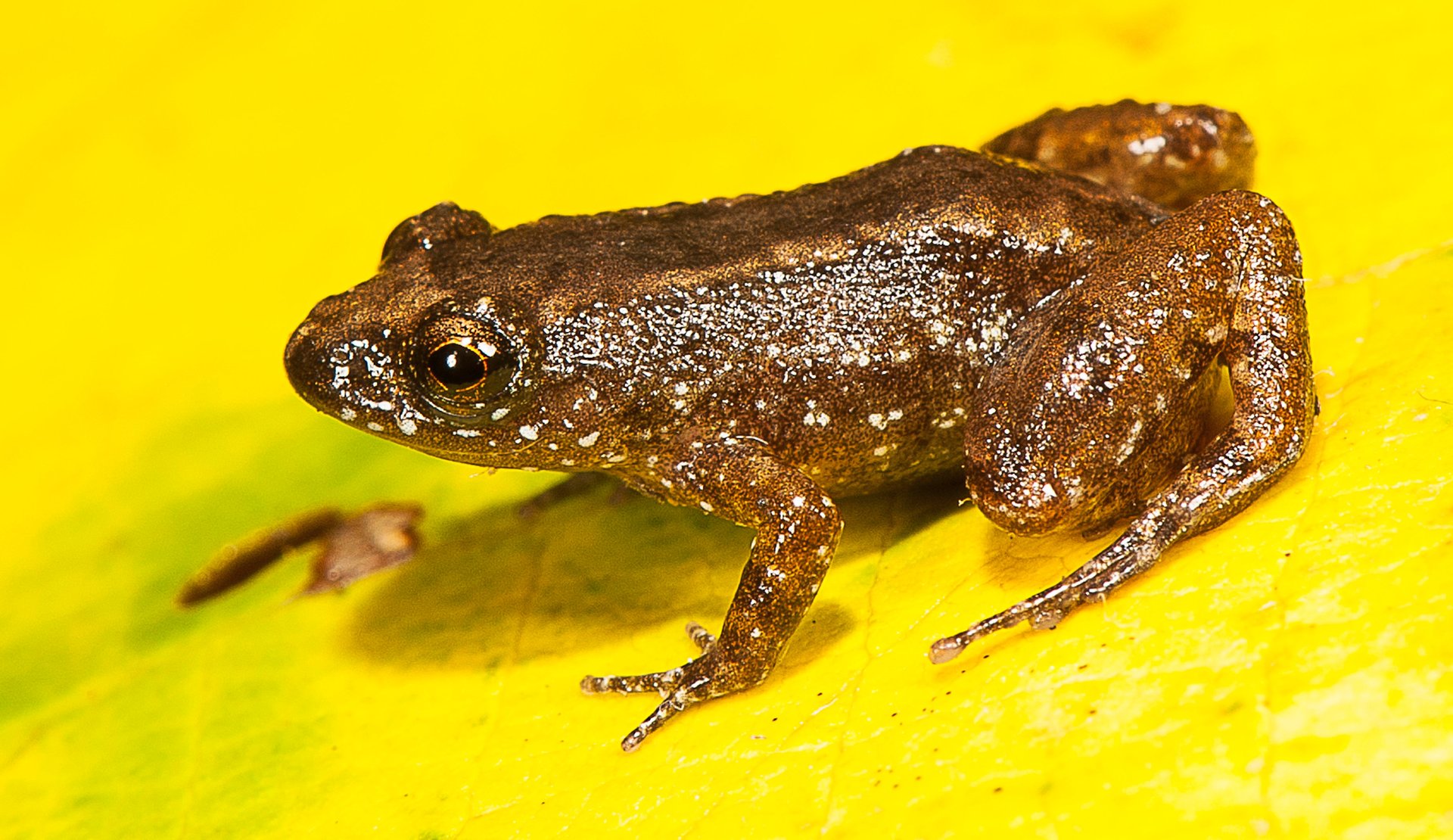
Conservation and names
Although night frogs are quite common across the Western Ghats, they face considerable threat from human activity.
“While new species are being identified, the known ones are moving towards extinction,” said Biju. He said that frogs are already threatened with extinction in one-third of the Western Ghats. He said of the seven new species found, five required immediate priority for conservation since they were all found outside the protected forest zone.
One of the new species, the Athirappally night frog, was discovered close to Kerala’s Athirappally falls, where a mega hydroelectric project is proposed to be set up.
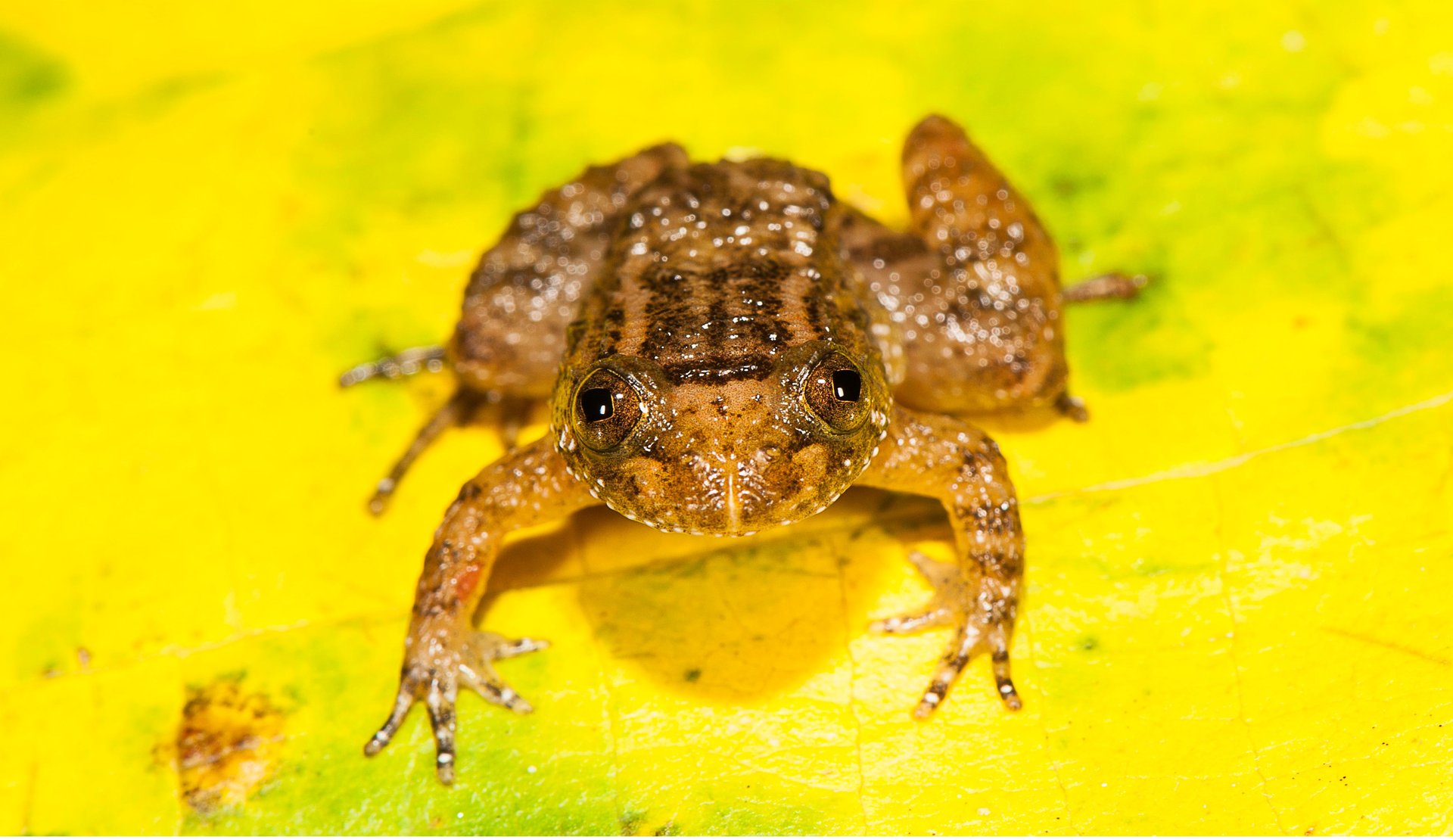
Another species, which Biju and Garg have named the Sabarimala night frog, was found in the vicinity of the Sabarimala temple, a pilgrim site located inside the Periyar Tiger Reserve in Kerala. “These species were purposely named after their collection localities in order to highlight the threats they might be facing due to anthropogenic disturbance,” said Biju.
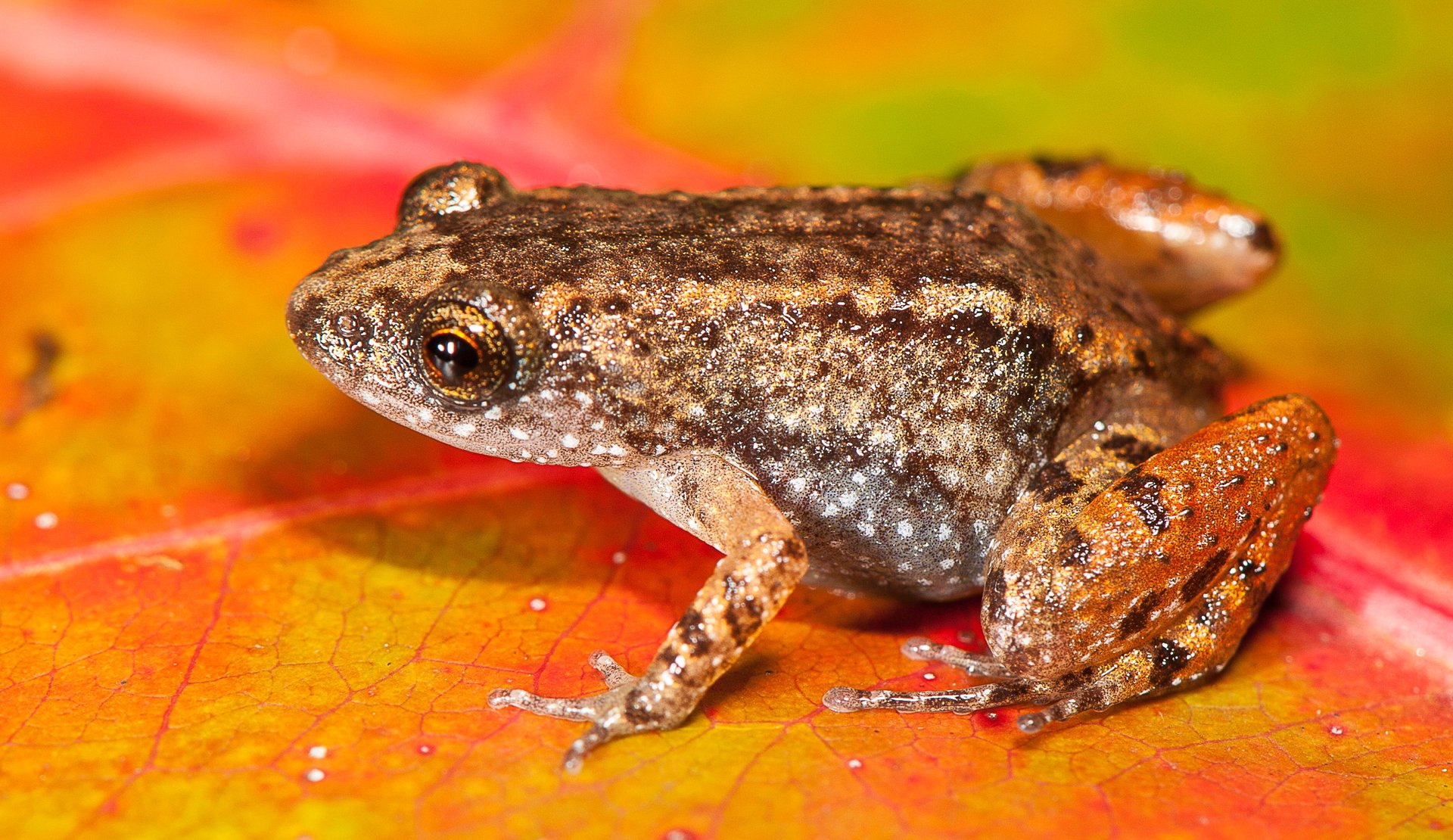
This post first appeared on Scroll.in. We welcome your comments at [email protected].